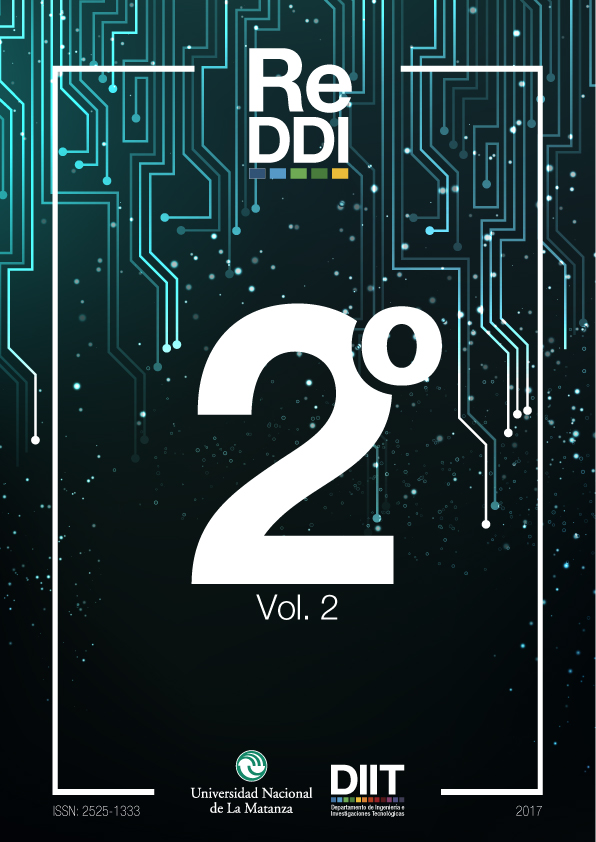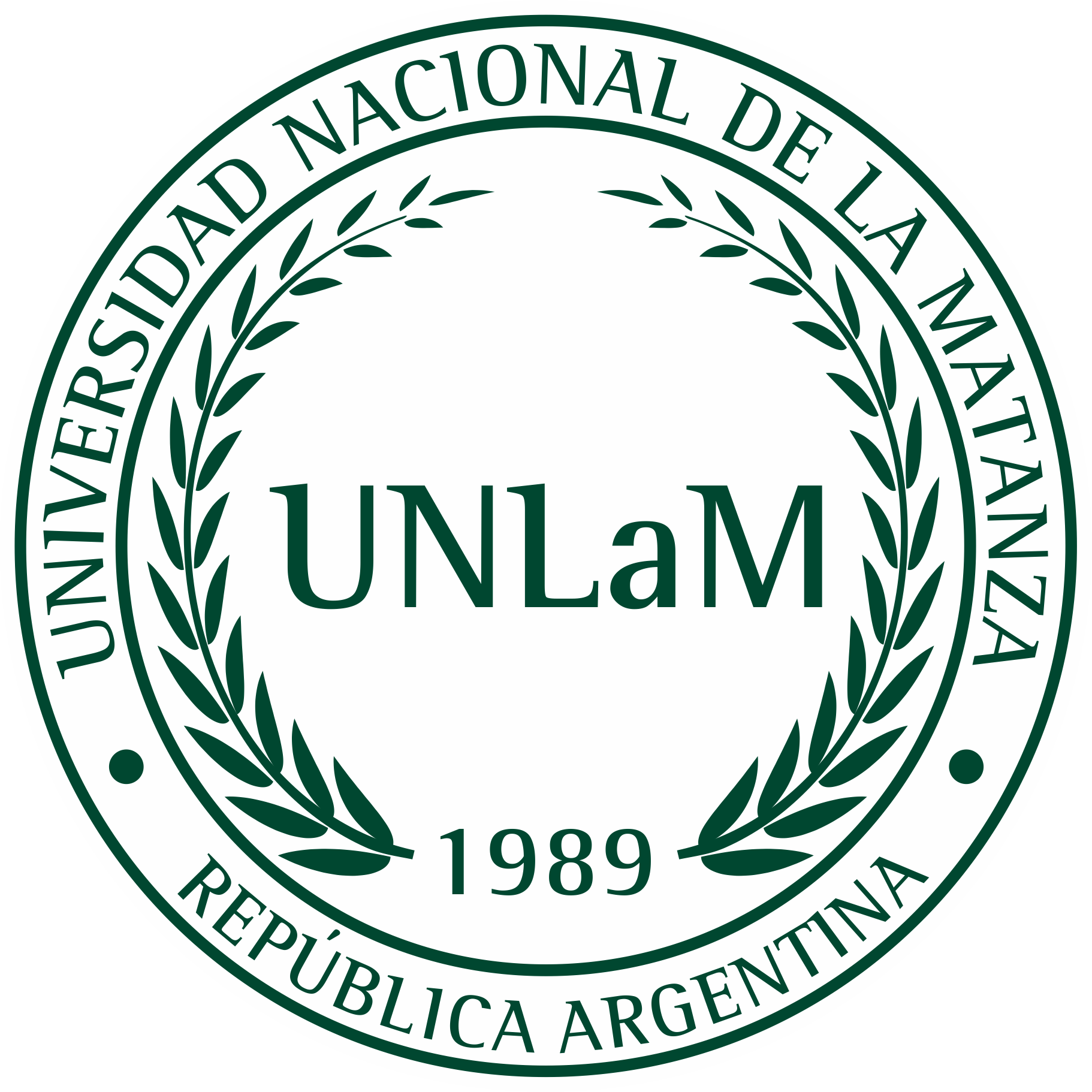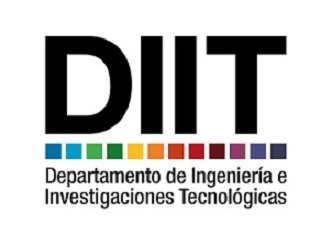Rough Set Theory y Conexiones de Galois en Contextos Formales
Resumen
Se estudia la relación entre las Conexiones de Galois (CG) y la Rough Set Theory (RST) en Contextos Formales (CF). El objetivo de este trabajo es mostrar la fertilidad teórica que se manifiesta al expresar RST en base a CG en Contextos Formales, ya que las Conexiones de Galois participan en estructuras lógico- matemáticas numerosas e interconectadas y forman parte de la base de la Informática teórica y aplicada. Se analizó la bibliografía específica y se destacó: a) la importancia del Teorema que conecta CG y RST, ya que asegura la ampliación de las aplicaciones de RST como se conjetura en el trabajo; b) El papel del Análisis de Conceptos Formales (Formal Concept Analysis- FCA) en lo conjeturado en a). Las CG, en tanto que relaciones binarias generalizadas, constituyen un puente que conecta tres niveles principales en los sistemas de información: A) computacional; B) algorítmico; C) Implementacional, que se encuentra en el nivel físico del sistema. Además, las Conexiones de Galois permiten expresar la Relación de Indiscernibilidad de RST empleando retículos distributivos y complementados, es decir por medio de Álgebras de Boole.
Citas
Y.Y. Yao, A Comparative Study of Formal Concept Analysis and Rough Set Teorhy in Data Analysis; en: Tsumato et al. Rough Sets and Current Trends in Computing, 4th International Conference, Upsala; Sweden, Proceedings, Springer-Verlag, Berlín. 2004.
M. Banerjee, M. Chakraborty, Algebra from Rough Sets, en Pal, S. et al.: Rough neural Computing- Techniques for computing with Words, pp. 157-184, Springer-Verlag, Berlín. 2004.
M. Gehrke, E. Walker, On the Structure of Rough Sets, Bulletin of Polish Academy of Sciences, 40: 235-245. 1992.
D. Foray, P. David, “La Sociedad del Conocimiento”, Revista Internacional de Ciencias Sociales, Nº 171. 2002
F. Entonado [coordinador], Sociedad de la Información y Educación, Junta de Extremadura, Consejo de Educación, Ciencia y Tecnología, Mérida. 2001.
J. Järvinen, M. Kondo, J. Kortelainen, “Logics from Galois Connections”, International Journal of Approximate Reasoning, Vol. 49, pp. 595-606. 2008.
Joudi Järvinen (2002): On the Structure of Rough Approximations, Turku Centre for Computer Science, TUCS Technical Report Nº 447, Finlandia. 2002.
Y.Y. Yao, “Constructive and Algebraic Methods of the Theory of Rough Sets”, Information Sciences, Vol.109, Nº 1-4, pp. 21-47. 1998.
Oystein Ore, “Galois Connexions”, Transactions of The American Mathematical Society, 55, 493-513. 1994.
Saunders Mac Lane, Categories for the Working Mathematician, New York, Springer. 1998.
W. Dzik, J. Järvinen, M. Kondo, M., “Representing Expansions of Bounded Distributive Lattices with Galois Connections in terms of Rough Sets”, ArxiV: 1312.6263 v1. 2013.
D. Schmidt: http://people.cis.ksu.edu/~schmidt/, consultado el 05/08/2014.
Peter Smith, The Galois Connections between Syntax and Semantics, University of Cambridge. 2010
María Manzano, Teoría de Modelos, Alianza, Madrid. 1989.
García-Pardo, et al. On Galois Connections and Soft Computing, Advances in Computational Intelligence, Lecture Notes in Computer Science, vol. 7903, pp. 224-235, Springer, USA, 2013.
E. Orlowska, Z. Pawlak, Representation of non-deterministic Information. Theoretical Computer Science, 55, 493-513. 1984.
J. Järvinen, M. Kondo, J. Kortelainen, “Modal-Like Operators in Boolean Lattices, Galois Connections and Fixed Points”, Fundamenta Informaticae, Vol.76, pp.129-145. 2007.
Y.Y. Yao, “Granular Computing”, Computer Science, Vol. 31, pp. 1-5. 2004.
Hong Li, Xiaoping Ma, Zhenghua Xin, A new formal representation of granules based on features, Computer Modelling & New Technologies, 18(6) 37-43. 2014.
G. Birkhoff, Lattice Theory, third edition, AMS Colloquium, USA. 1967.
Z. Pawlak, “Information Systems Theoretical Foundations”, Information Systems, 6:205-218. 1981.
Burghard von Karger, “Temporal Algebra, Math. Struct”, in Comp. Science, Vol 8, Nº 3, pp. 277-320. 1998.
Lech Polkowski, Andrzej Skowron, Synthesis of Complex Objects: Rough Mereological Approach, ECAI 98, Warsaw University of Technology, Poland. 1998.
Ewa Orlowska, “Logical Aspects of Learning Concepts”, International Journal of Approximate Reasoning, 2:349-364. 1988
Ivo Düntsch, Günter Gediga, “Approximation operators in qualitative data analysis”, Lecture notes in Computer Sciences, vol. 2929, pp. 214-230. 2003
L. A. Zadeh, Fuzzy sets and information granularity, Advances in Fuzzy Set Theory and Applications, pp. 3-18, North Holland, Amsterdam. 1979.
A. Mani, “Algebraic Semantics of Proto-Transitive Rough Sets”, arXiV: 1410.0572v3. 2014







